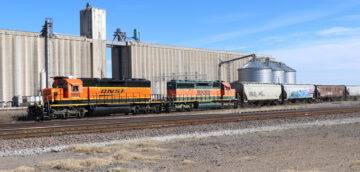
ST. LOUIS — From your running shoes to the renewable fuels moving trucks, trains and ships, soybeans are quietly giving farmers new ways to stay competitive. As soybean farmers navigate volatile export markets, they’re leveraging homegrown innovation to build domestic demand across the food, energy …
read more →
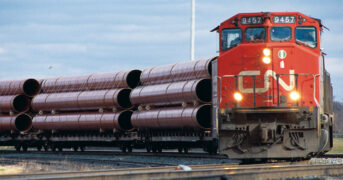
UPDATE: Aug. 28, 2024 The Canada Industrial Relations Board ordered binding arbitration between Canadian Pacific Kansas City and Canadian National Railway and Teamsters Canada Rail Conference Aug. 24, sending all parties back to work. TCRC removed picket lines at Canadian Pacific Kansas City and did …
read more →
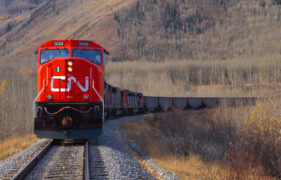
UPDATED: Aug. 22, 2024 – Canadian National and Canadian Pacific Kansas City moved forward in the early morning hours today by locking out employees represented by the Teamsters Canada Rail Conference. Both railroads said they would continue shutting down their networks. Posted Aug. 19, 2024 …
read more →
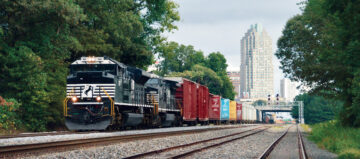
Norfolk Southern repelled an investor attempt to unseat its 13-member board and gain control in May but gave up three seats in the railroad’s annual shareholder vote. An Ancora Holdings-led investor group reportedly took a $1 billion stake in NS and nominated seven directors to …
read more →
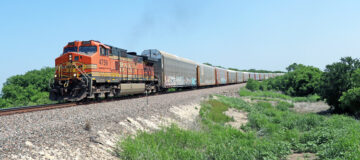
UPDATED Jan. 11, 2024 – December brought needed relief to the U.S. railroad industry with the reopening of two key international border crossings and a surge in combined rail traffic to fuel a fourth-quarter rally. U.S. Customs and Border Protection (CBP) announced just before Christmas …
read more →
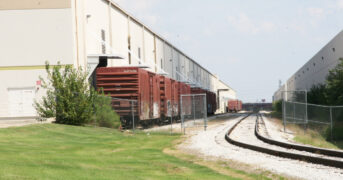
By TIM BLACKWELL/Cowcatcher Magazine The Surface Transportation Board has begun weighing comments from shippers and railroads regarding a proposed rule that would give rail customers access to reciprocal switching as a remedy for poor service. STB unanimously voted in September on The Notice of Proposed …
read more →